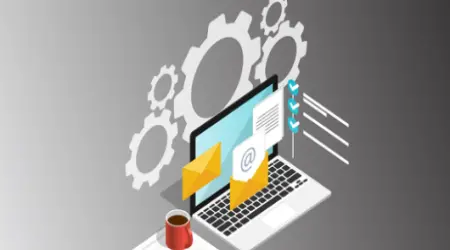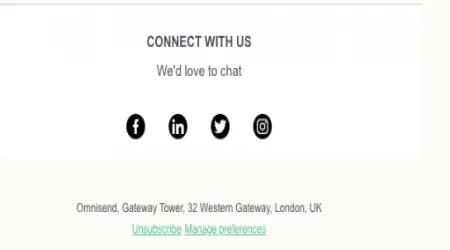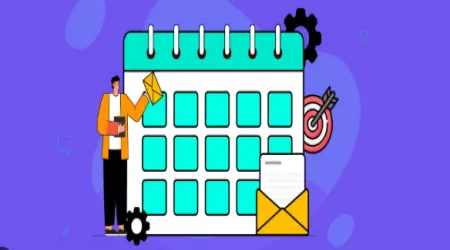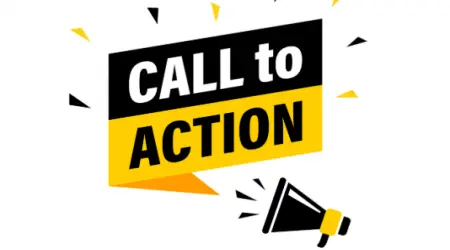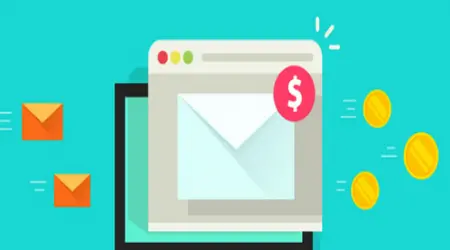
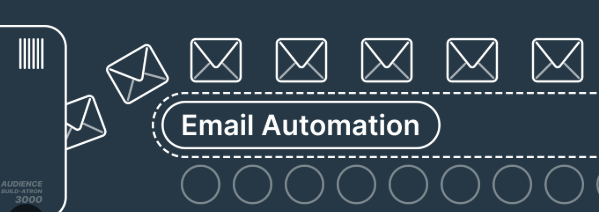
Best Practices for Email Automation
Best Practices for Email Automation
Email automation is a game-changer. It lets you deliver timely, relevant messages without manually sending every email.
But automation only works when done thoughtfully.
This guide covers best practices to help you create effective automated email sequences that nurture leads, engage subscribers, and drive conversions.
1. Understand Your Customer Journey
Map out your subscriber’s journey from the first contact to purchase and beyond.
Identify key moments to automate emails, such as:
Welcome series
Onboarding sequences
Abandoned cart reminders
Post-purchase follow-ups
Re-engagement campaigns
Automation works best when it supports this flow.
2. Start With a Clear Goal for Each Sequence
Each automated series should have one focused goal:
Welcome new subscribers
Educate about a product or service
Recover abandoned carts
Upsell or cross-sell
Re-engage inactive subscribers
Clear goals guide your messaging and calls to action.
3. Personalize Your Automation
Use personalization tags to include names, locations, past purchases, or behavior-triggered content.
Segment lists to trigger automation only for relevant subscribers.
The more tailored your emails, the better results you’ll see.
4. Keep Your Emails Valuable and Relevant
Automated emails should never feel robotic or spammy.
Provide genuine value in every email:
Educational content
Helpful tips
Exclusive offers
Useful reminders
Balance promotional and informational content.
5. Control Frequency and Timing
Avoid overwhelming subscribers with too many automated emails.
Space them out thoughtfully—daily, every few days, or weekly depending on the sequence.
Consider time zones and user behavior for sending times.
6. Use Clear, Actionable Calls to Action
Each email should have a clear next step.
Use buttons or links that stand out visually.
Avoid multiple competing CTAs within the same email.
7. Test and Optimize Regularly
Monitor performance metrics like open rates, click rates, conversions, and unsubscribes.
Run A/B tests on subject lines, copy, timing, and sequence length.
Iterate to improve results over time.
8. Plan for Edge Cases and Exceptions
Not every subscriber fits the standard journey.
Include conditions to:
Skip emails for customers who already purchased
Pause sequences if someone unsubscribes or marks spam
Adjust sequences for different customer segments
9. Maintain Brand Voice and Consistency
Even automated emails should feel personal and aligned with your brand.
Keep tone, style, and visuals consistent throughout all sequences.
10. Use Automation to Build Relationships
Focus on building trust and connection, not just sales.
Use storytelling, social proof, and helpful resources to nurture subscribers.
Automation should feel like a conversation, not a sales pitch.
Final Thoughts: Automation Done Right Saves Time and Grows Revenue
Email automation frees you to scale your marketing while delivering timely, personalized messages.
Follow these best practices to create sequences that engage, nurture, and convert—without feeling like spam.
Remember, the best automation feels human.
